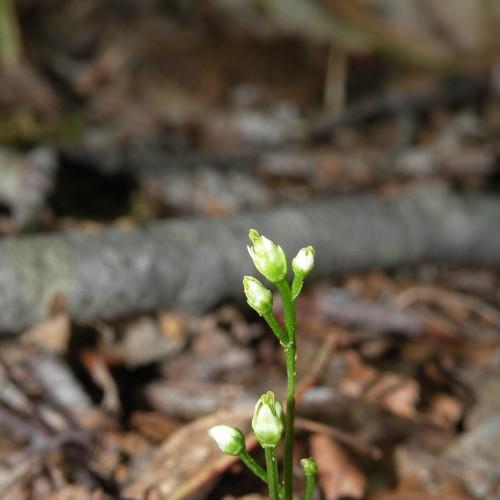
Twining Bartonia
Bartonia paniculata
Also Known As - Screwstem,Branched BartoniaWatering:
Frequent
Hardiness Zone:
Sun:
full sun,part shade
Leaf:
Yes
Growth Rate:
Low
Poisonous To Pets:
Yes
Drought Tolerant:
Yes
Salt Tolerant:
Yes
Invasive:
Yes
watering
Early Wintercress should be watered twice a week, but the amount of water will depend on the soil. Water lightly if the soil is sandy, but water more if the soil is richer in organic matter (like compost). Water the plant until moisture is apparent 2-3 inches down. Watering in the morning is best, as this allows the plant plenty of time to dry off before nighttime. Make sure to avoid wetting the foliage when watering, as wet foliage can attract fungal infections.
sunlight
Early Wintercress (Barbarea verna) needs around 6-8 hours of direct sunlight a day in order to thrive. The best times of the day for sunlight for this species is during morning hours and late afternoon/early evening hours. They should not be exposed to full sunlight in the middle of the day when the sun is at its hottest, as this could cause them to suffer from heat stress. Early Wintercress should be placed in a spot where they receive morning and evening sun, while being able to take some shade during the hottest parts of the day.
pruning
Early Wintercress should be pruned as soon as it is established, usually in fall or late winter. Pruning the plant will help maintain a bushier and more attractive growth habit. Start by removing any damaged or dead stems, as well as any that are too long or competing with other branches for light. Then, cut back the stems that have already flowered to a new node (the place where the leaf meets the stem). Doing so will encourage new, fuller growth. Additionally, you can pinch back any long stems to encourage new growth and bushiness. Finally, cut back stems that have elongated due to lack of light to encourage bushiness. To ensure vigorous growth, prune Early Wintercress annually.
